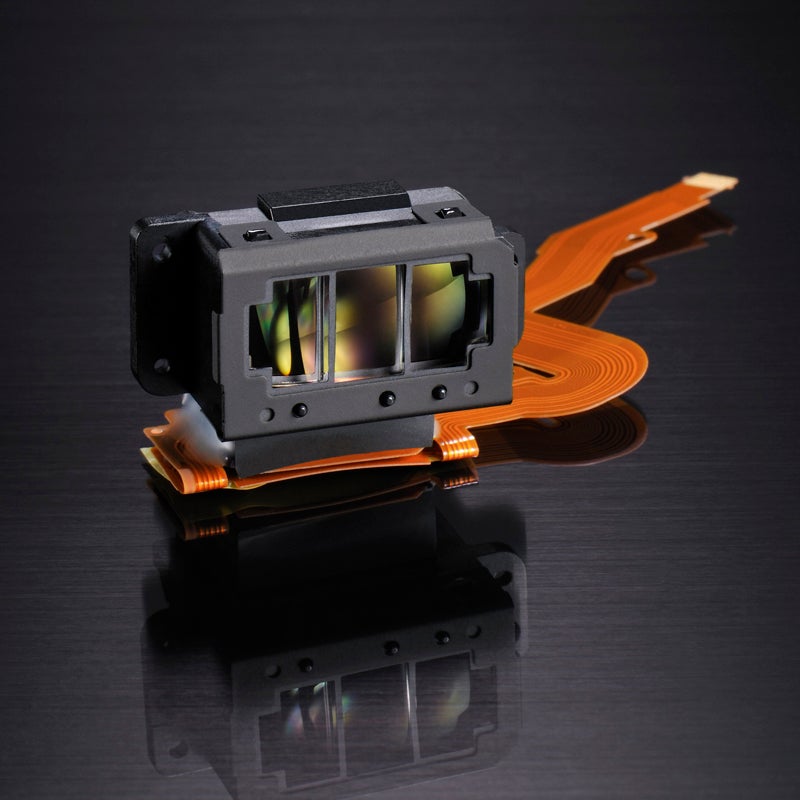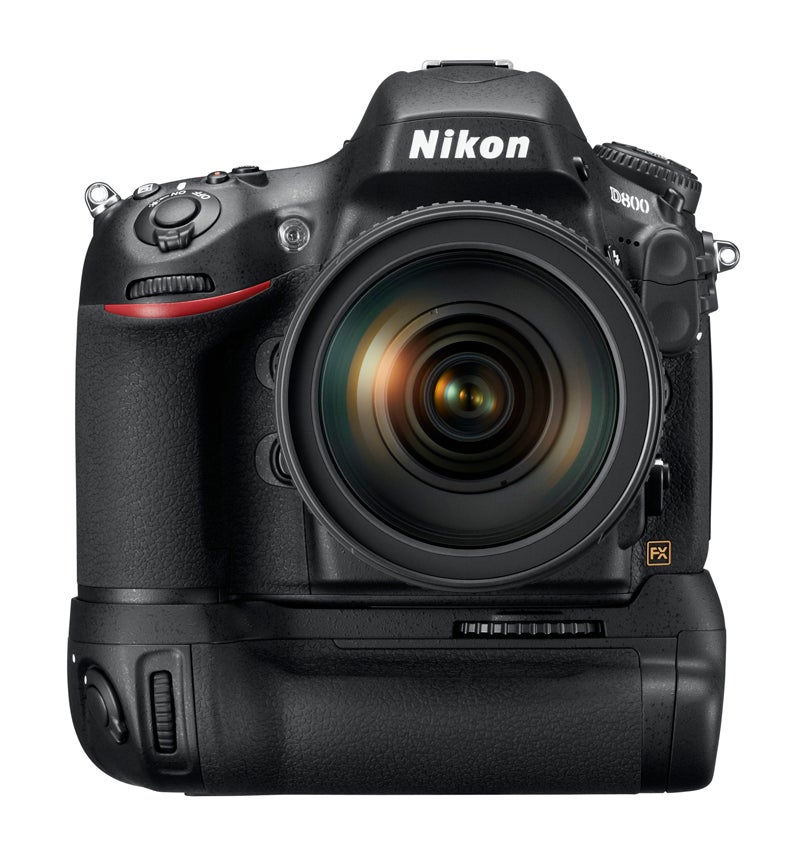The Nikon D800 features the world’s largest resolution full-frame sensor. Just how good is it? Find out in the What Digital Camera Nikon D800 review
Nikon D800 Review
Performance
Nikon D800 review – Performance
The Advanced Multi-CAM 3500FX AF system in the D800 is very strong and won’t disappoint. Set to AF-S and focus acquirement is very fast, even under poor lighting conditions. If you find that it can take too long to select one of the 51 AF points on offer, this can be reduced to 11 available points via the menu, allowing you to jump to different areas of the frame much quicker.

Switch to continuous AF on the Nikon D800 and you can take full advantage of the Advanced Scene Recognition and 91,000 pixel RGB sensor that’s linked into the AF system. Choose either 9, 21 or 51-point Dynamic AF for focus tracking – your choice will depend on how unpredictable your subject is moving in the frame, while you can also vary the distance priority, giving a bias to subjects in the foreground, middle-distance or background. Add the 3D Focus Tracking into the mix that will track your subject across all 51 AF points and you have a very versatile and clever AF system that’ll deliver the goods.
Switch to Live View mode and contrast-detect AF is employed with either AF-S or AF-F (full-time servo AF, with autofocus is being constantly adjusted if you or the subject are moving), and four AF modes to choose from: Face-priority AF, wide-area AF, normal-area AF and subject-tracking AF. Focus is relatively quick in Live View, though still lags behind specifically designed Compact System Cameras. For the most part though, Live View is more suited to manual focus and to ensure focus is spot on, you can zoom in on the image to assess sharpness.
Using an UDMA 7 rated CompactFlash card and the Nikon D800 is capable of shooting 16 consecutive Raw files at 4fps before the buffer needs time to clear the backlog. Pretty good considering the large files that are getting pushed through, though at 4fps, it may be a touch slow for some. Interestingly though, switching to JPEG doesn’t see a massive increase in the amount of shots achievable in a burst, only increasing to 18 shots before slowing. In DX-crop mode and at 5fps, 20 JPEG or Raw files can be captured consecutively before it slows.

The Nikon D800’s 3.2in screen auto adjusts the brightness of the screen thanks to an ambient brightness sensor. This works pretty well, though we found it a touch dark, but this can be overridden with a manual control should you wish, while it’s possible to zoom in up to 46x when reviewing your images and to assess focus. There’s now a Dual-axis virtual horizon that can be displayed on the rear screen or overlaid over your Live View feed – it’s a handy feature to ensure not only your horizons are level, but also any verticals as well. The viewfinder is lovely and bright, with a magnification of 0.72x and the option to overlay grid lines if you wish as well. If you’re using one of the crop modes, the peripheral area of the viewfinder is not masked completely unfortunately. Instead there’s a relatively thin black line to display the cropped area.
Shooting with the Nikon D800, and you’ll find core controls are within easy reach – once you get to know your way round the camera, you won’t need to take your eye away from the viewfinder to make certain adjustments. There’s also a couple of function buttons that can be programmed for a range of settings also. The menu system has been refreshed, though this is more aesthetic change than anything. The menu is split into six main sections (Playback, Shooting, Custom Setting, Setup, Retouch and My Menu), with some having additional subcategories within them. With the amount of adjustments and settings on offer, it’s still pretty intuitive and quick to use.




